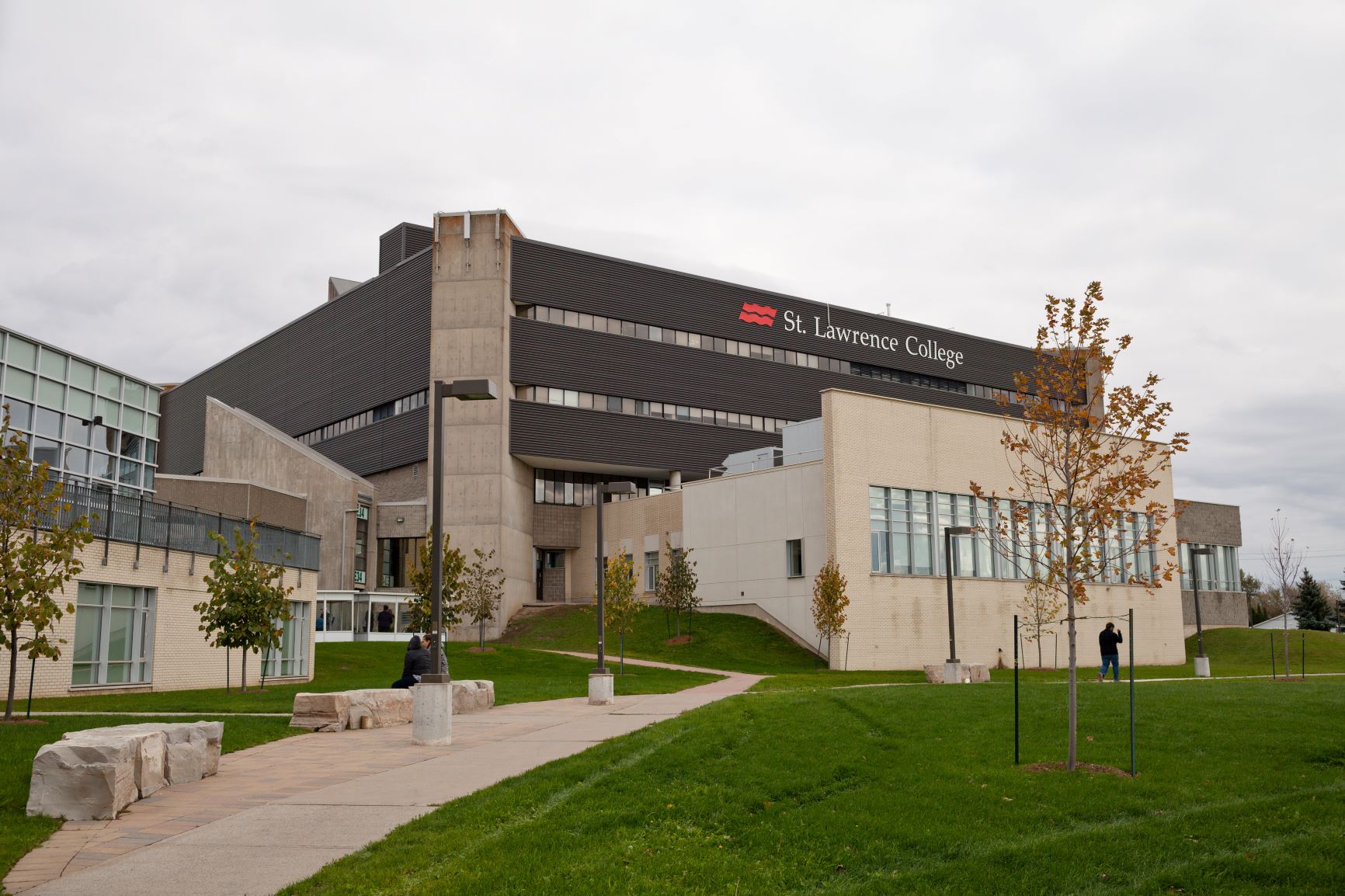Overview
The Industrial Mechanic (Millwright) programs offered at St. Lawrence College include the in-school training of the Industrial Mechanic (Millwright) Apprenticeship as defined by the Ministry of Labour, Training and Skills Development.
The Industrial Mechanic (Millwright) Apprenticeship Program also covers the theory and techniques required for the apprentice to repair and maintain industrial equipment. Skills that are developed include machining, welding, installation of new component parts as well as troubleshooting and repair of existing machinery.
Level 1 (Basic) Apprenticeship Program Code 0185
Level 2 (Intermediate) Apprenticeship Program Code 0186
Level 3 (Advanced) Apprenticeship Program Code 0187
Program Length is 34 weeks with one 7-hour day per week in school for each of the three levels of study (basic, intermediate, and advanced). The apprentice will work on the job for the other 4 days per week.
This program is funded in part by the Ministry of Labour, Training and Skills Development.
Learn more about Apprenticeships in Ontario. For start dates, contact the Employment Ontario apprenticeship office in your area.
Program Details
Program Highlights
This program is considered a Red Seal trade (see www.red-seal.ca - opens a new window). Apprenticeship grants are designed to make a career in the trades an attractive choice and to encourage more apprentices to complete their training. Eligible apprentices may receive up to $4,000 which can be used to pay for tuition, travel, tools, or other expenses.
As per the Service Canada website, registered apprentices who have successfully finished their first or second year / level (or equivalent) in one of the Red Seal trades can apply for the Apprenticeship Incentive Grant (AIG) which is a taxable cash grant of $1,000 per year / level up to a maximum of $2,000. Registered apprentices who complete their training, become a certified journeyperson in a designated Red Seal trade, and who obtain either the Red Seal endorsement or a provincial or territorial Certificate of Qualification can apply for the Apprenticeship Completion Grant (ACG) which is a taxable cash grant of $2,000. For more information visit www.servicecanada.gc.ca.
Program Outline
2024-2025
This course will allow the apprentice the opportunity to calculate safety factors used in rigging and hoisting procedures and the respective practical applications.
Requirements
Admission Requirements
The apprentice must be:
- Sponsored by an employer
- Registered with the Ministry of Labour, Training and Skills Development
Kingston
Our Kingston campus has seen significant renovation over the past few years, including a brand new Student Life and Innovation Centre that houses a new gymnasium, fitness centre, pub, and more.


Program Contacts
Program Contact
Aidan Wornes
awornes@sl.on.ca
613.544.5400 ext. 1461
Admissions Information
Click here to message Recruitment.